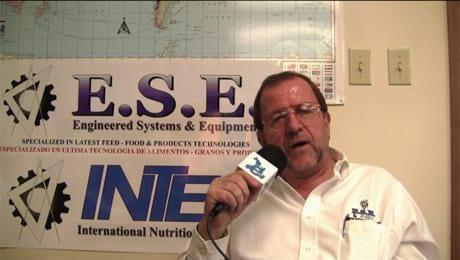The Pelleting Process
Mark,
This information remind me the CPM Pelleting Process Handbook containing very good information regarding this process.
There is something that we (as a professionals in the Industry) need to clarify when we handle this theme.
Pelleting is not hte same as extruding, many people get confussed abot this terminology, both process use steam as the vector to accomplish the required degree of cooking and starch gelatinization, obviously, with different levels of moisture between both processes.
We call Pellets to the feed produced by mechanical pressing between the rolls surface on the pellet die into e pellet mill, on the other hand, we call "Collets" to the feed produced by using and expander where mechanical friction is produced and also the product is forced to pass thru several dies with shapes and specefic configurations dependieng of the feed being produced.
This is only a brief contribution to your very good article.
Thank you.
Enrique Diaz, P.E.
Sales/Service Process Engineer
R&D Equipment Company
Fort Worth, TX USA
Its very informative and good article about pelleting process.
The basics of converting mash feed to pellet, is passing the mash through steam conditoning first for proper geletinization and then through pellet die,where high temp and high pressure is required.Thus the entire feed gets cooked for better digestion, speedy metabolism and better utilisation of nutrients, one gets better FCR.
Pellting of feed is an efficient way on utilising some non conventional feed raw materials too which have pallatibilty problems.
Dr Sushil Chandra
Feed Milling consultant
Pune
India


Pre- Pelleting Process in Aquafeed Production Josef Barbi (E.S.E. & Intec)
A very informative article indeed about pelleting process. A help required.
To make a pellet of 11 mm with more than 5% oil, how many rpm should be required to maintain the length of the pellet.
As someone who runs pellet machines every day, I found the points on operator adjustments very true. Small changes in steam or die settings really decide whether the pellets come out good or not.
By the way, I am looking for one of my friends, Dr. Reza Emami-Doust, who is a veterinarian. If anyone has information about him, I would really appreciate your help."
















